Myths about teaching can hold you back
- Year 4
Introducing observable characteristics
I can group objects using observable characteristics.
- Year 4
Introducing observable characteristics
I can group objects using observable characteristics.
These resources will be removed by end of Summer Term 2025.
Switch to our new teaching resources now - designed by teachers and leading subject experts, and tested in classrooms.
These resources were created for remote use during the pandemic and are not designed for classroom teaching.
Lesson details
Key learning points
- Objects can be organised into groups based on what they have in common.
- Observable characteristics can include information about colour, size, shape or structure.
- Observable characteristics help us to sort objects into common groups.
- A Venn diagram and a Carroll diagram are both ways of presenting objects belonging to more than one common group.
Keywords
Group - To group things is to put similar things together.
Common - To have something in common is to share interests or other characteristics with someone or something.
Observable characteristic - An observable characteristic is a feature or property of a living thing that we can see or use our other senses to observe.
Diagram - A diagram is a simplified representation of information.
Common misconception
Pupils sometimes rely upon an organism’s habitat to classify it, rather than its physical features; this can lead to misunderstandings and misclassification.
As you model groupings, be clear to use observable features of the objects you are grouping - focus on what you can observe as a characteristic of being human.
To help you plan your year 4 science lesson on: Introducing observable characteristics, download all teaching resources for free and adapt to suit your pupils' needs...
To help you plan your year 4 science lesson on: Introducing observable characteristics, download all teaching resources for free and adapt to suit your pupils' needs.
The starter quiz will activate and check your pupils' prior knowledge, with versions available both with and without answers in PDF format.
We use learning cycles to break down learning into key concepts or ideas linked to the learning outcome. Each learning cycle features explanations with checks for understanding and practice tasks with feedback. All of this is found in our slide decks, ready for you to download and edit. The practice tasks are also available as printable worksheets and some lessons have additional materials with extra material you might need for teaching the lesson.
The assessment exit quiz will test your pupils' understanding of the key learning points.
Our video is a tool for planning, showing how other teachers might teach the lesson, offering helpful tips, modelled explanations and inspiration for your own delivery in the classroom. Plus, you can set it as homework or revision for pupils and keep their learning on track by sharing an online pupil version of this lesson.
Explore more key stage 2 science lessons from the Living things and the environment unit, dive into the full primary science curriculum, or learn more about lesson planning.

Equipment
None required.
Content guidance
- Exploration of objects
Supervision
Adult supervision recommended
Licence
Prior knowledge starter quiz
6 Questions
Q1.Humans ask to help them understand how and why things happen in the world.
Q2.Which of these questions can be answered with a yes or a no response?
Q3.Which of these question starters would give you a yes or no answer?
Q4.Why do scientists ask yes/no questions?
Q5.Look at the image. Which of the things listed would belong in this group?
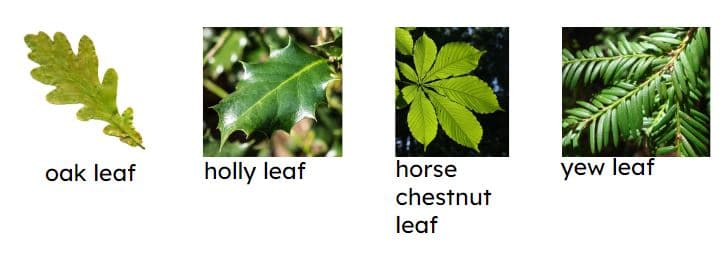
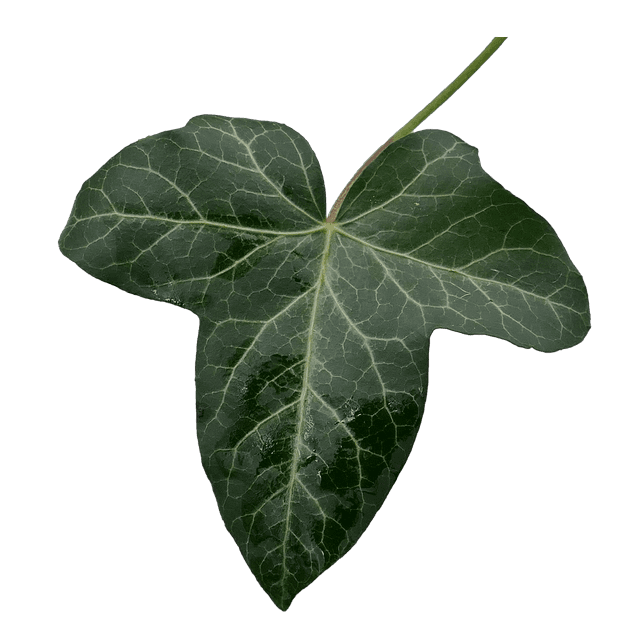
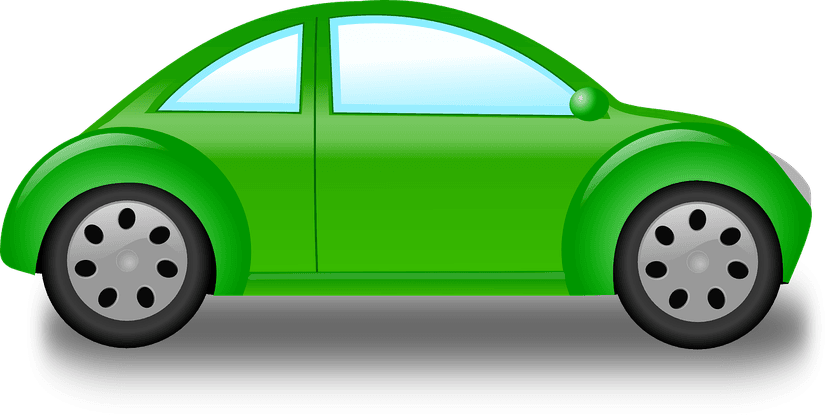
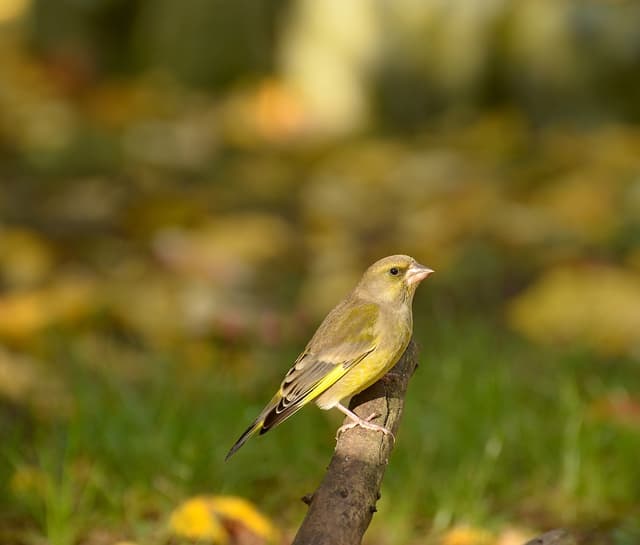
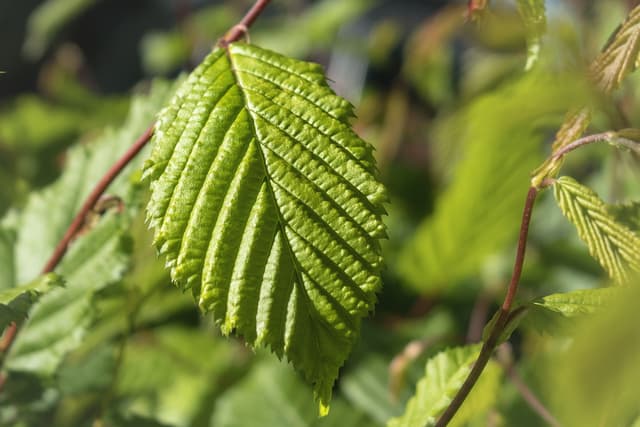
Q6.Match the object to the the most suitable group.
eagle, blackbird, blue tit
strawberry, lemon, grape
beetroot, cabbage, broccoli
rose, bluebell, dandelion
lorry, motorbike, boat
red, green, blue
Assessment exit quiz
6 Questions
Q1.To group things is to put things together.
Q2.A group is made up of ...
Q3.Look at the image. What do the objects have in common?



